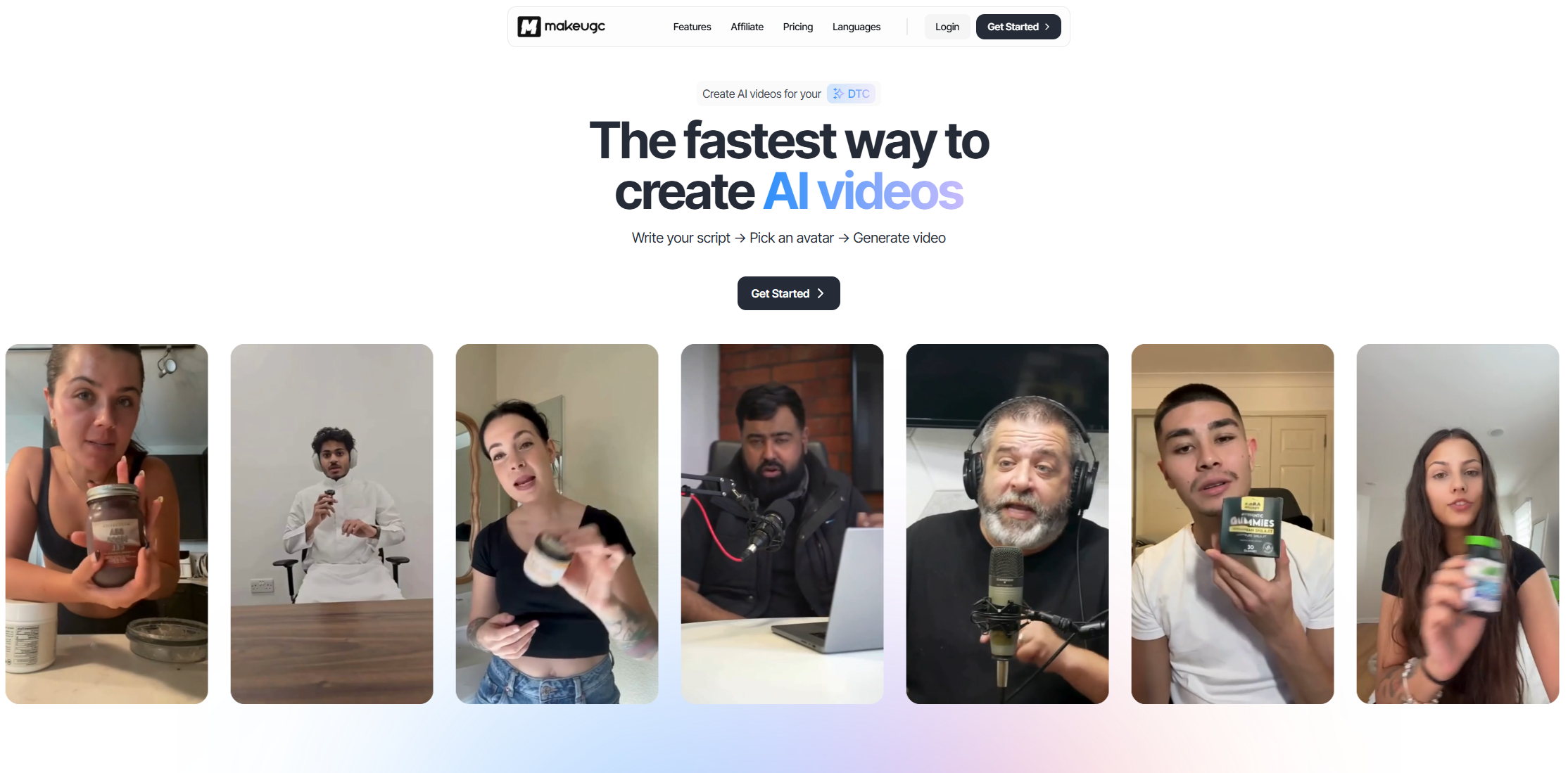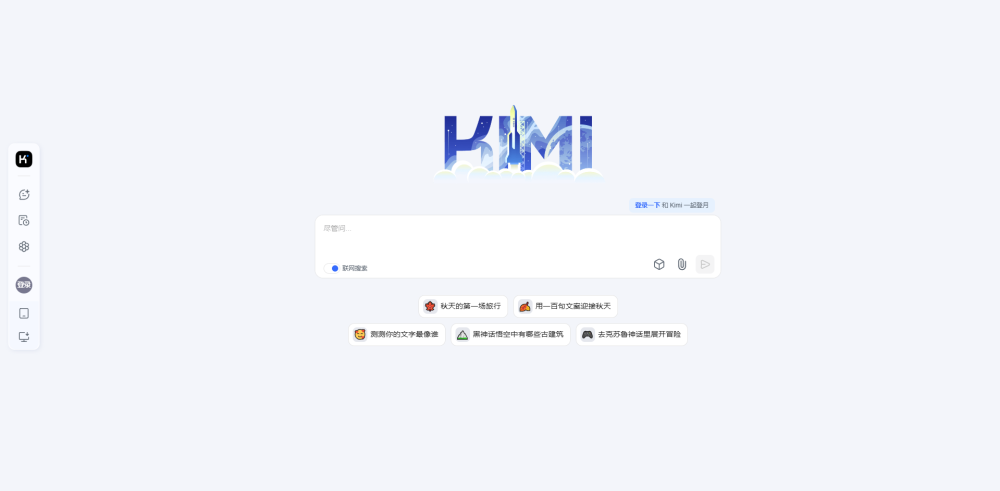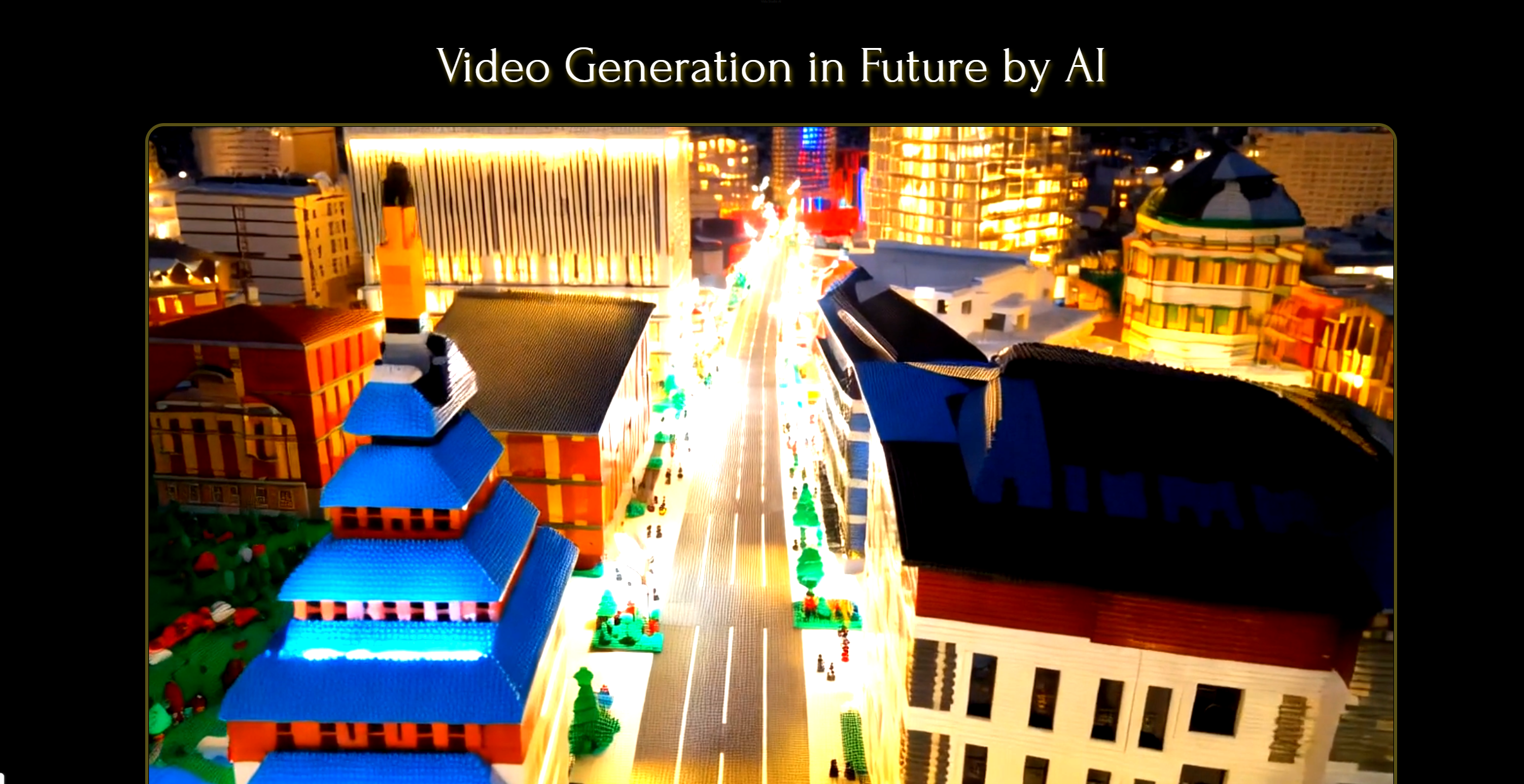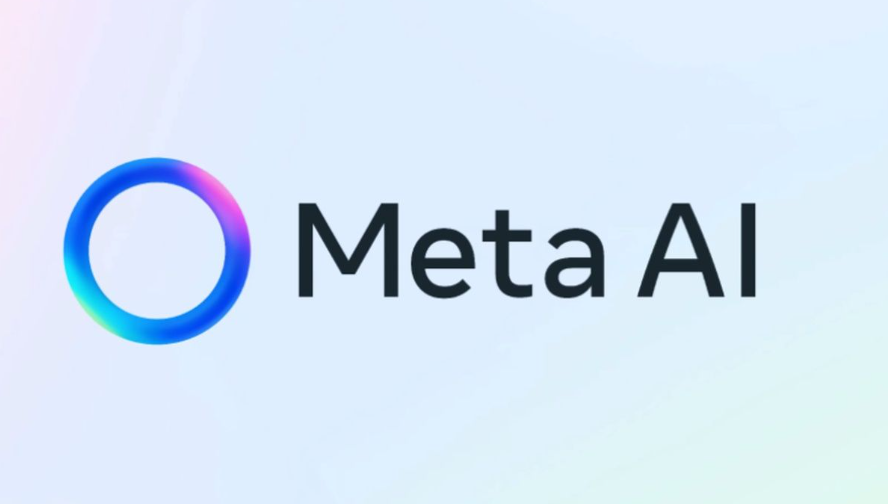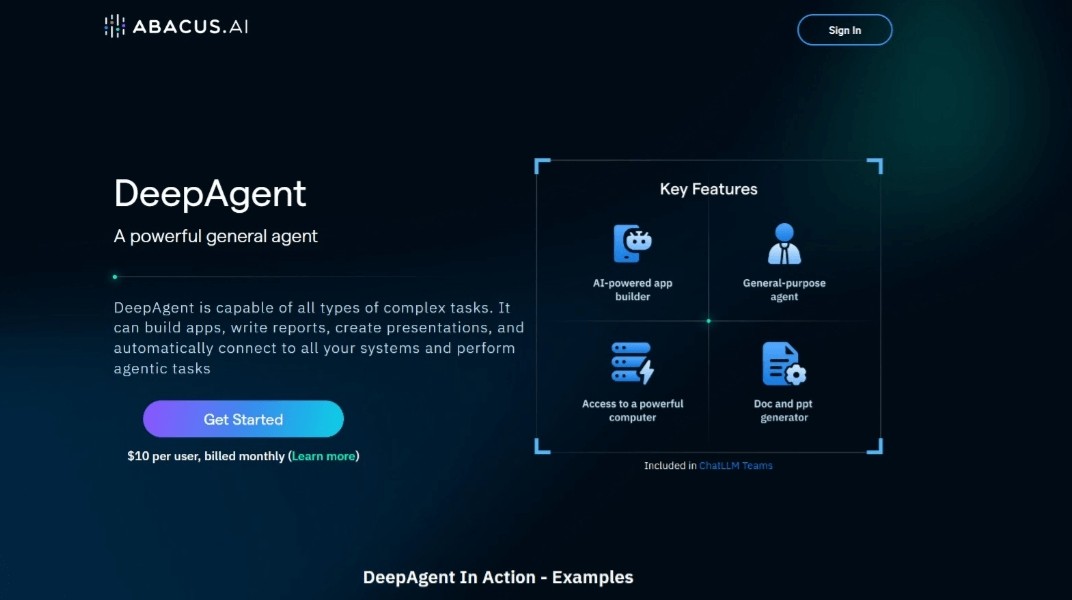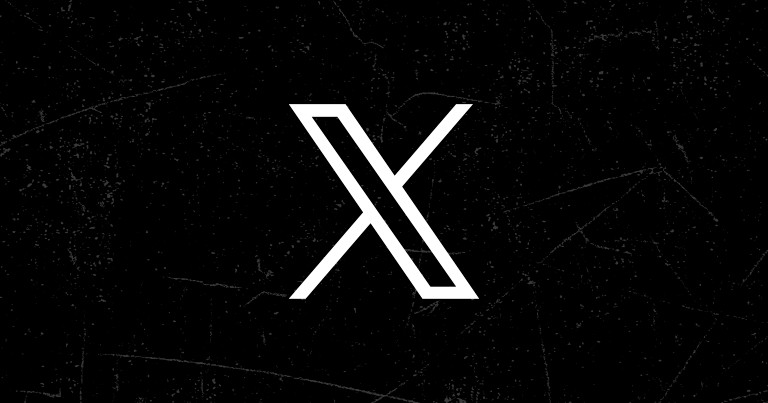
Flux.2 AI is an image generation and editing platform powered by Black Forest Labs API. It has 32 billion parameter technology and can solve problems such as random drift, inconsistent character rendering and unreliable text integration that exist in traditional AI image tools. It uses a rectifier matching architecture and Mistral VLM integration to ensure that the generated content conforms to the physical and lighting laws of the real world. The platform provides different models such as pro, flex, and dev, which are suitable for teams with different needs. In terms of price, there is an annual AI plan with up to 50% discount on Black Friday. Positioning is to provide high-quality, stable image generation and editing services to production and creative teams.
Demand group:
["- Production Team: For production teams that pursue efficient and high-quality output, Flux.2 AI's high-speed generation capabilities and precise image editing functions can help them quickly complete image production tasks and improve work efficiency. Its multiple model choices, such as the production speed provided by the pro model, meet the needs of mass production.", "- Creative Team: The creative team focuses on the flexibility and uniqueness of creation, Flux.2 AI's multi-reference fusion technology and multi-modal intelligence provide them with more creative inspiration and possibilities. The creative control function of the flex model allows them to give full play to their creativity and achieve unique visual effects. ", "- Developers: Developers can use Flux.2 AI's dev model to engage in open innovation and explore new application scenarios and technologies. Its advanced technical architecture and stable performance provide developers with a good development environment. Marketers: Marketers need high-quality images to attract consumers' attention. The high-resolution, realistic images generated by Flux.2 AI can meet their needs in advertising, promotion, etc. At the same time, its scene setting and character editing functions help create promotional images that match the product. "]
Example of usage scenario:
Generate matching scenes for product promotion, highlight product features, and use them for advertising production.
Repair and color photos of people to improve photo quality for later use in photography.
Create anime-style game screenshots based on text descriptions to provide material for game development.
Product features:
Text-to-image conversion function: Users can use simple text prompts and use the flux text-to-image workflow to convert text descriptions into corresponding images to meet diverse creative needs.
Image editing function: Supports flux image-to-image editing, which can modify and adjust existing images, such as removing defects, adding elements, changing styles, etc., to achieve precise image optimization.
Multi-reference fusion technology: Breakthrough support for combining up to 10 reference images at the same time, ensuring that the consistency of the generated images is as high as 99%, providing more references and inspiration for creation.
High-resolution output: Capable of producing images at resolutions up to 4MP and supporting flexible aspect ratios, suitable for a variety of scenarios from social media thumbnails to billboard ads.
Multi-modal intelligence: With true multi-modal intelligence, it solves problems such as random drift, inconsistent character rendering, and unreliable text integration that are difficult to handle with other tools, improving the accuracy and stability of creation.
Scene and character editing: precise setting of scenes and consistent transformation of characters, such as localizing concepts to specific scenes, modifying character makeup, etc., to meet professional creation needs.
Usage tutorial:
1. Visit the Flux.2 AI platform website. If you have not registered yet, you need to register and log in first.
2. Choose the appropriate model according to your needs, such as pro, flex or dev.
3. Select the type of operation, such as text-to-image generation or image-to-image editing.
4. If it is text-to-image generation, enter detailed text prompts; if it is image-to-image editing, upload the reference image and enter the editing requirements.
5. Set image parameters, such as image size, resolution, etc.
6. Click the Generate button and wait for the platform to process and generate the image.
7. Preview and adjust the generated image. If you are not satisfied, you can reset the parameters and generate again.

